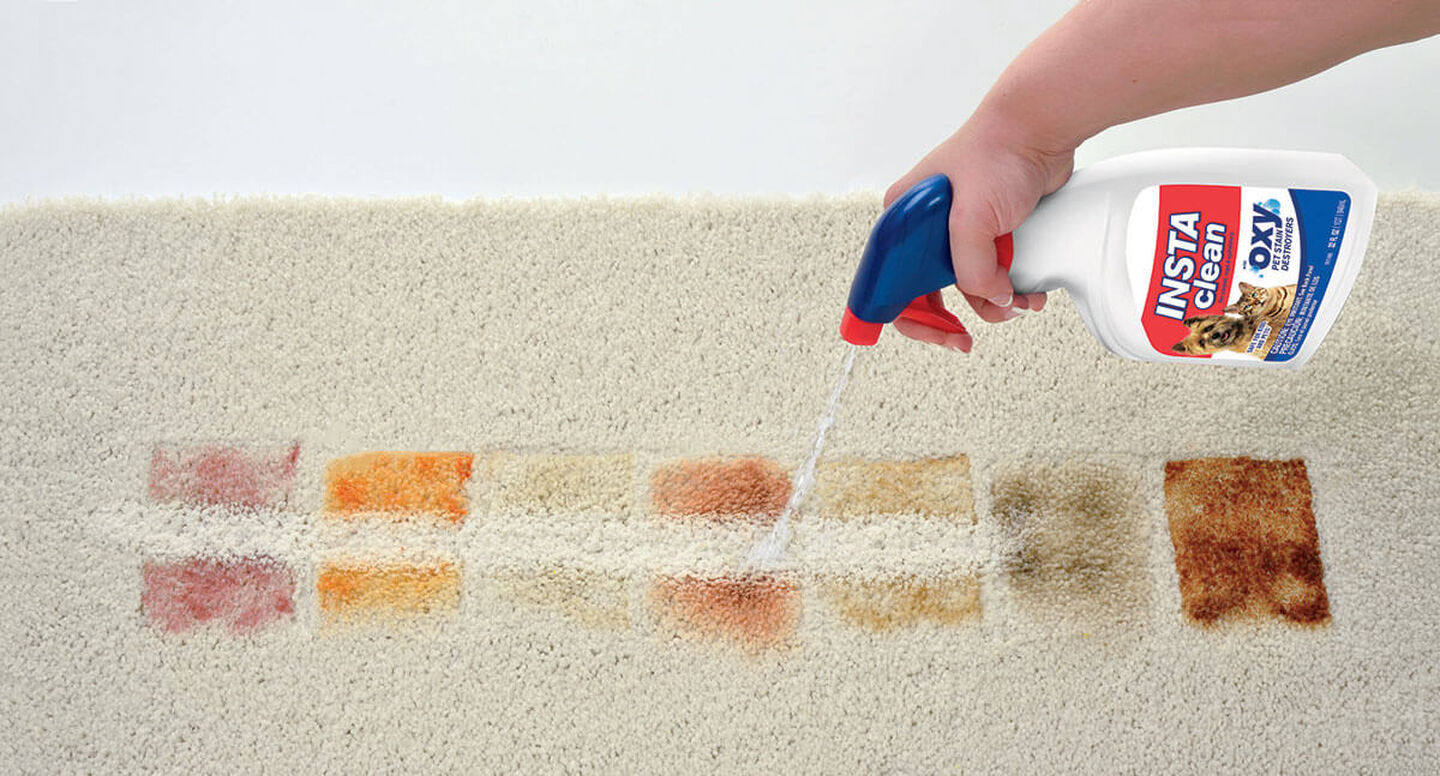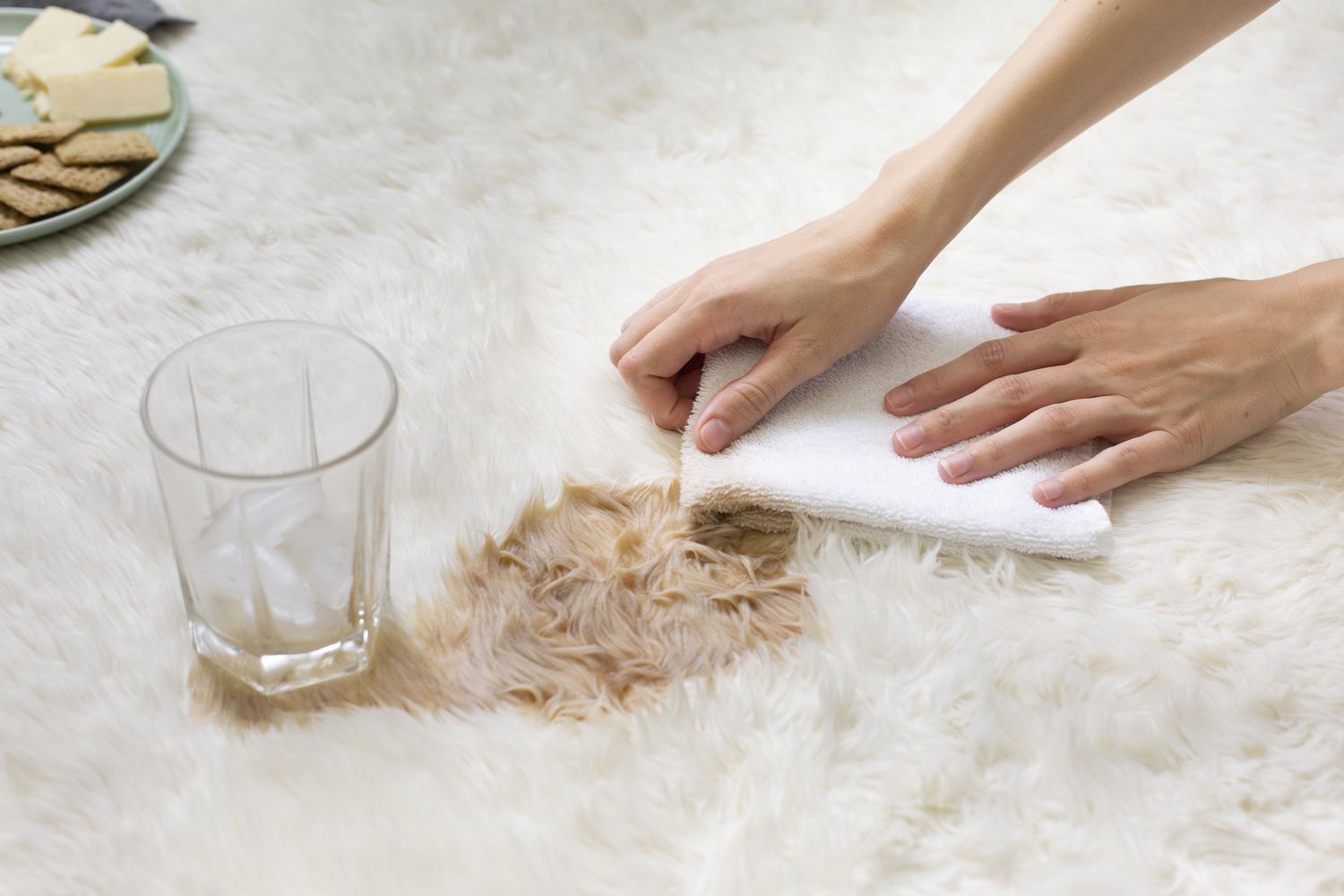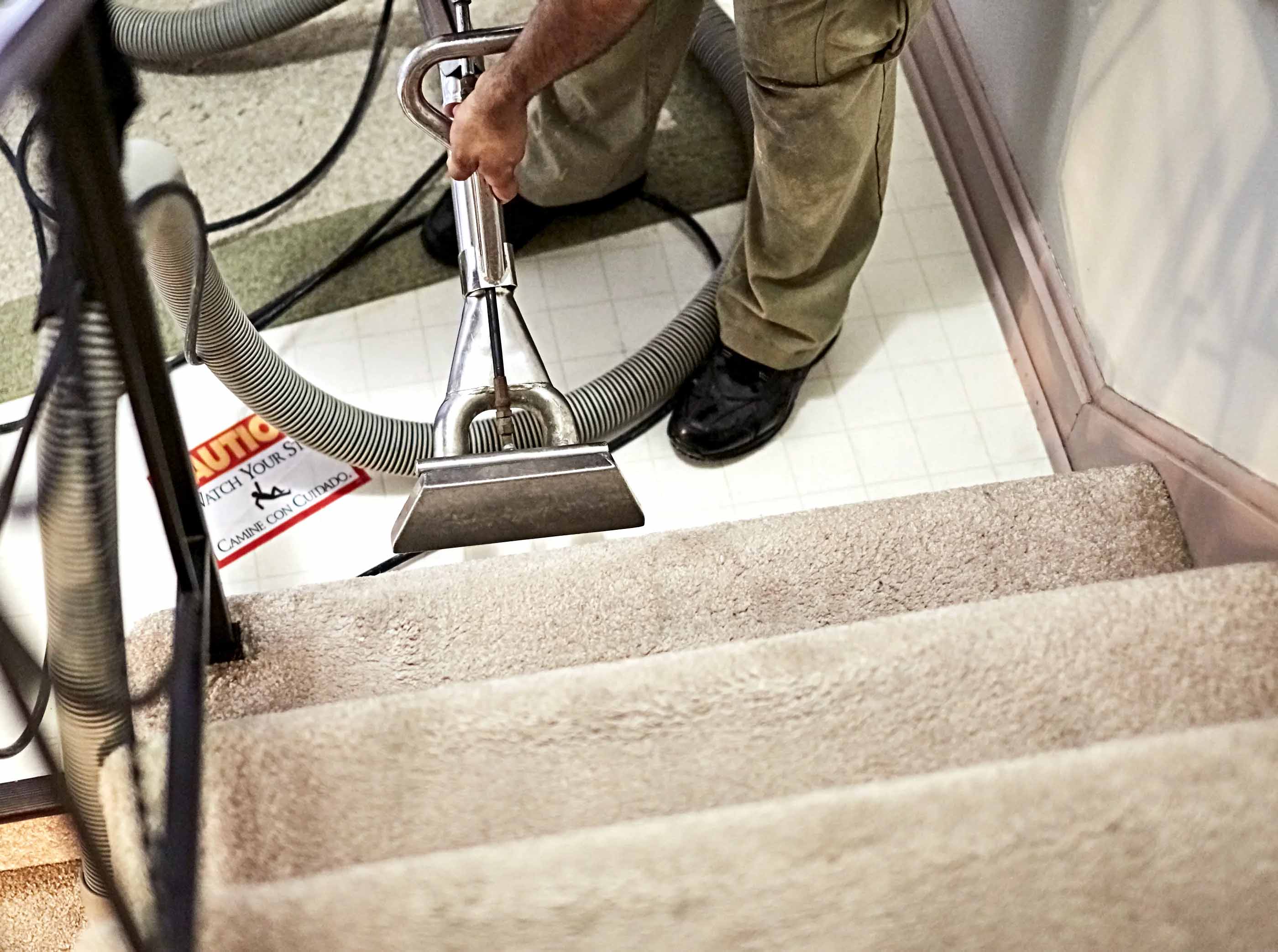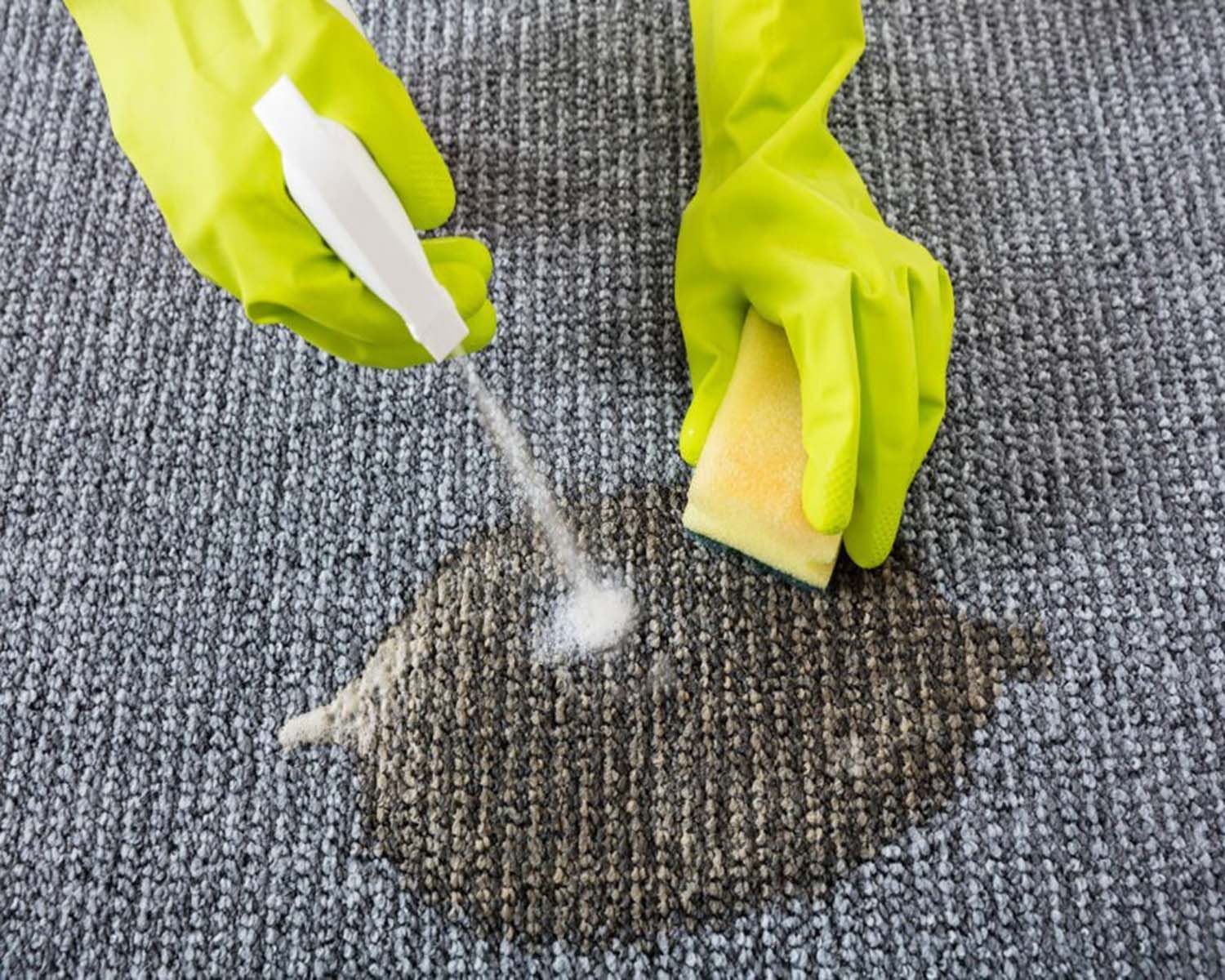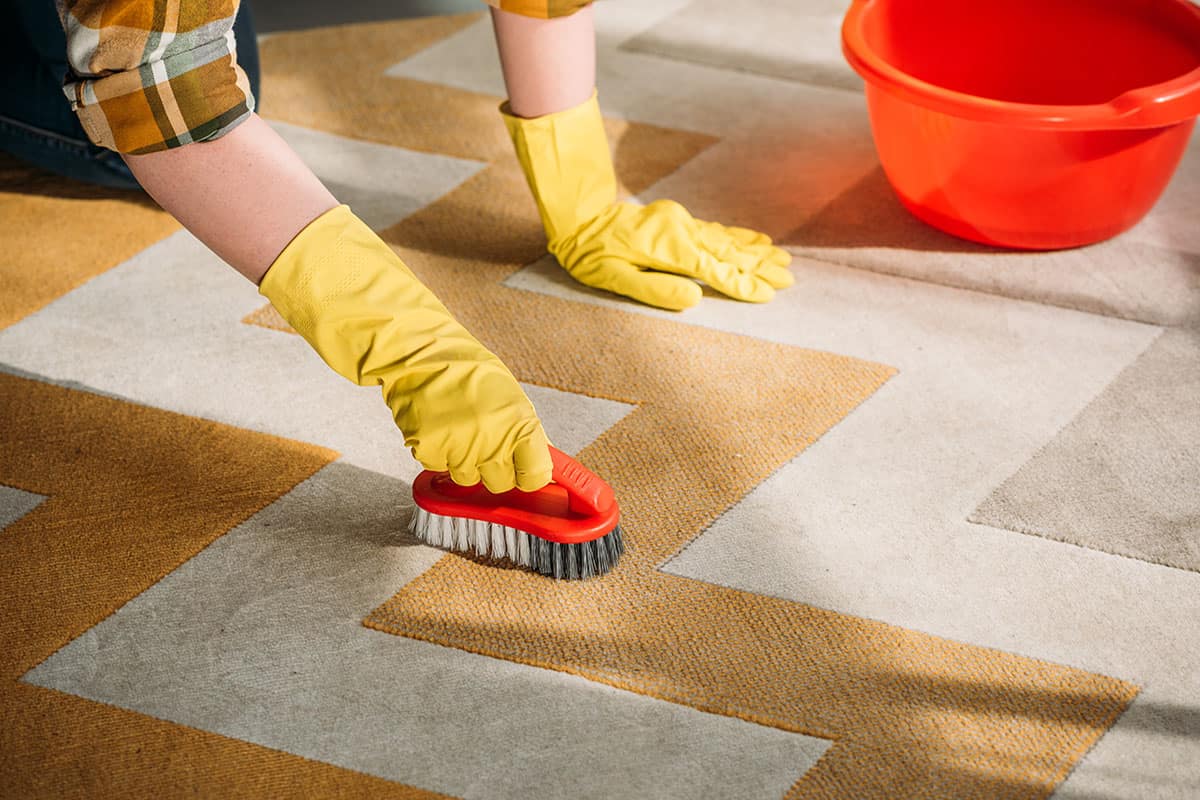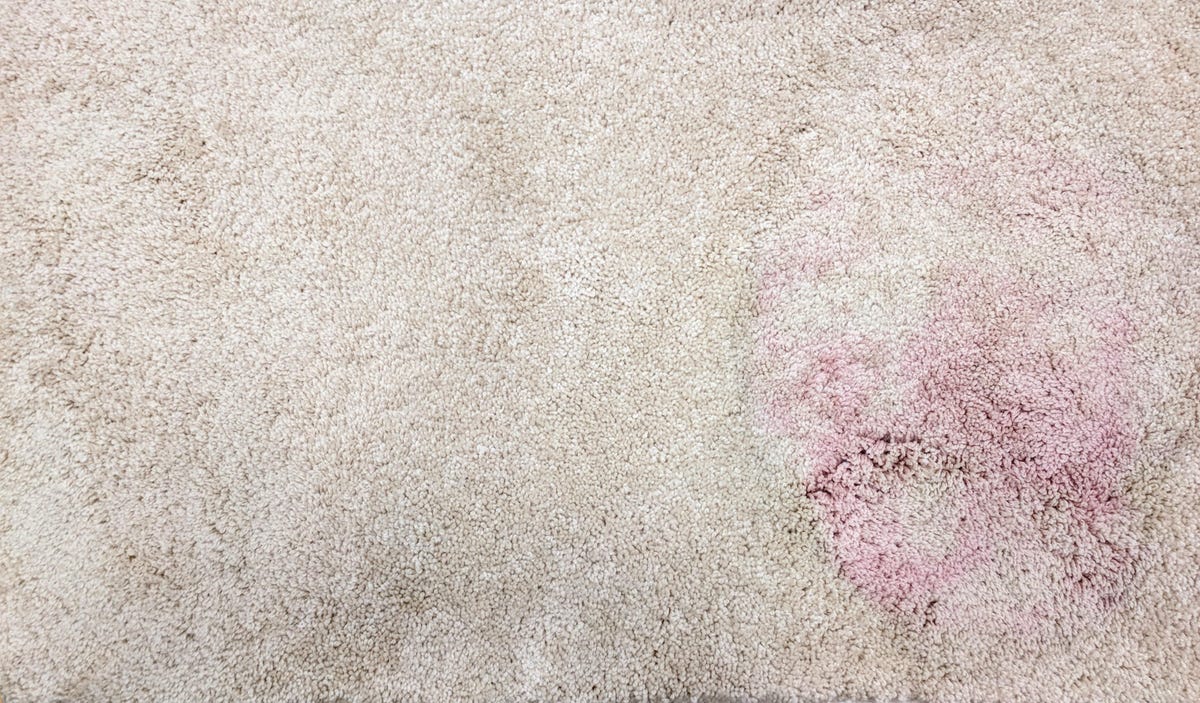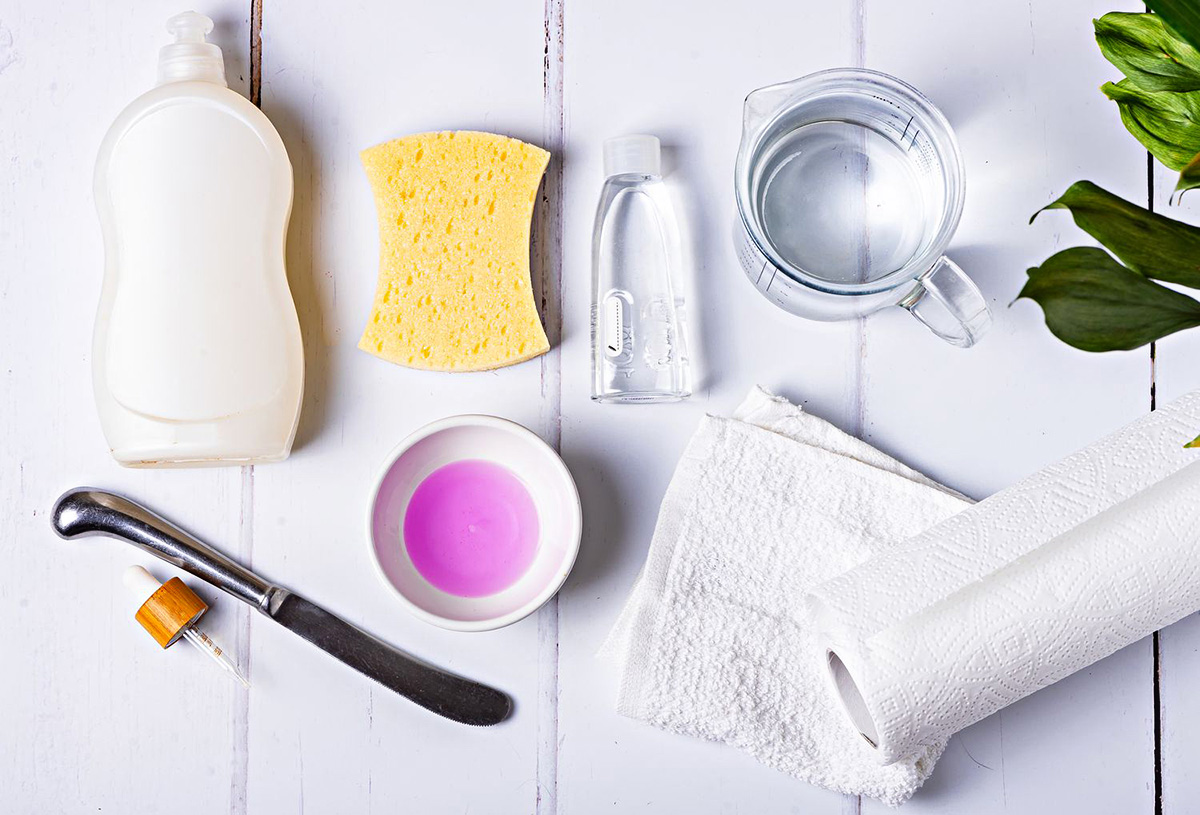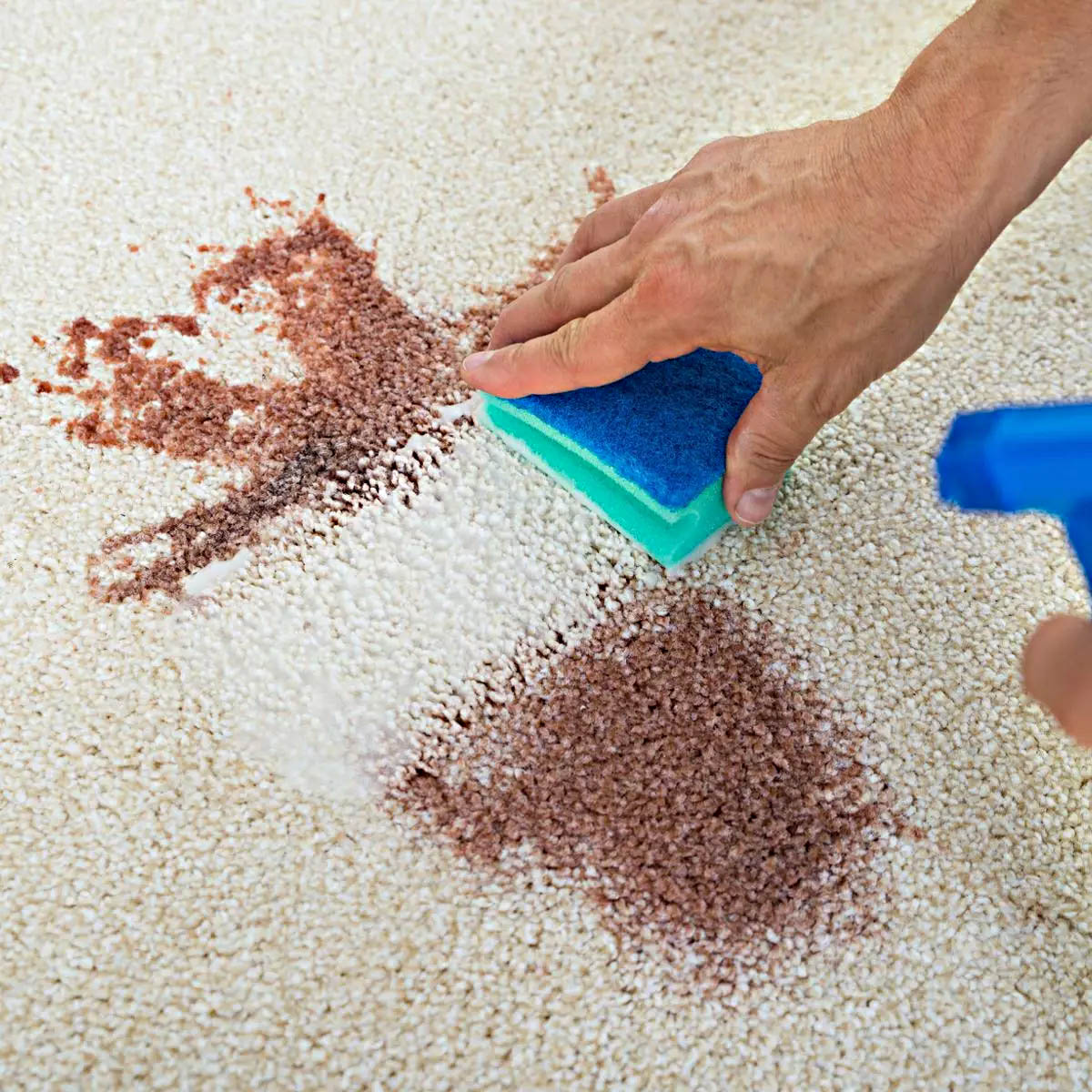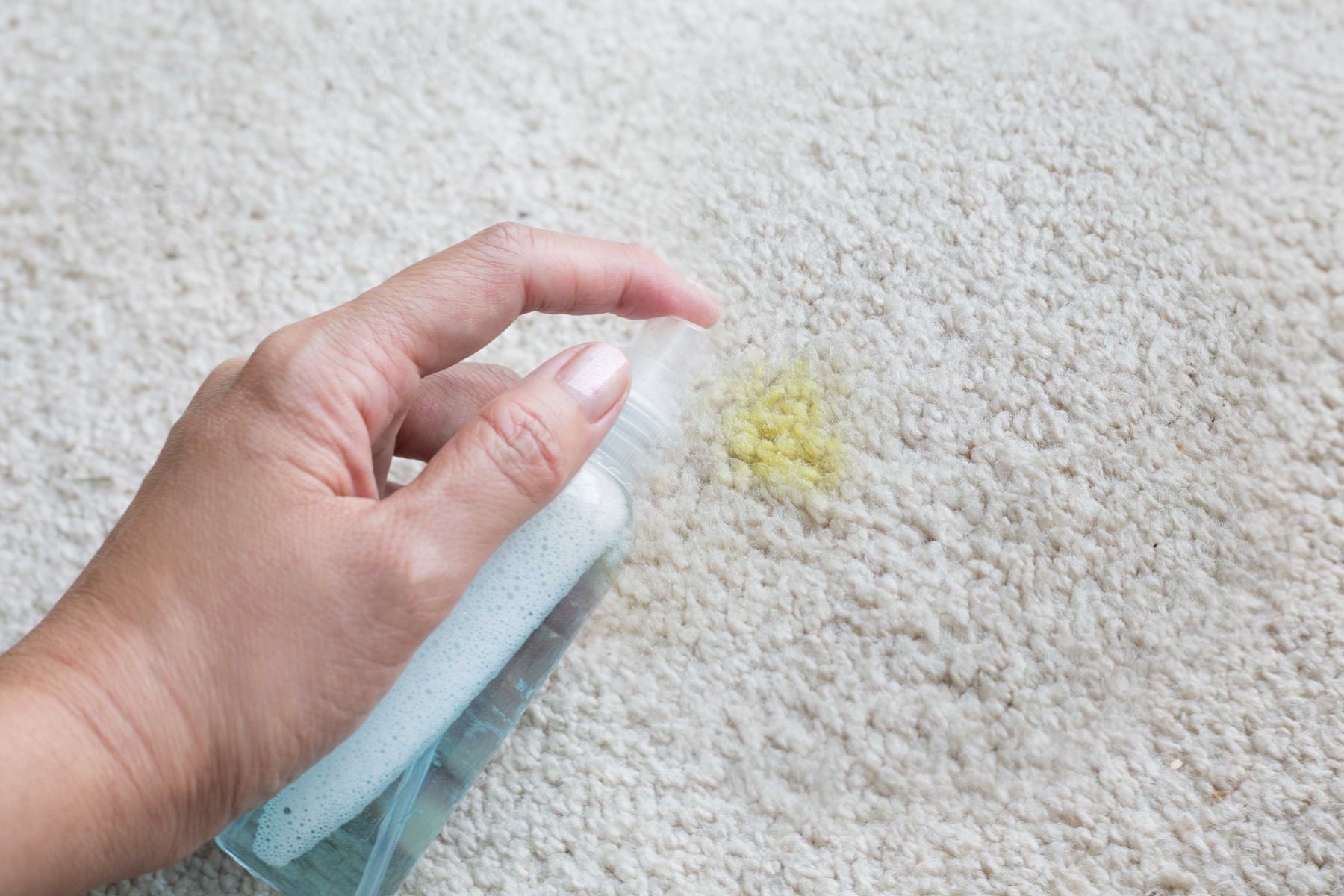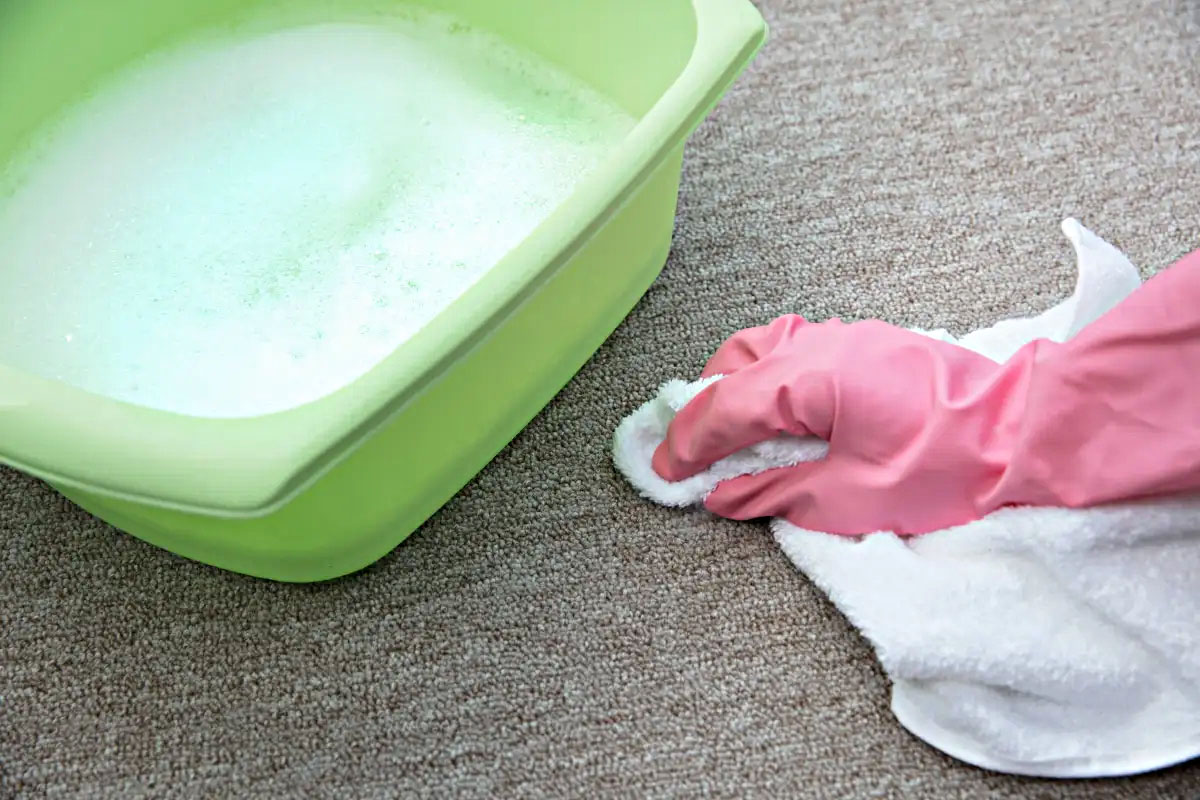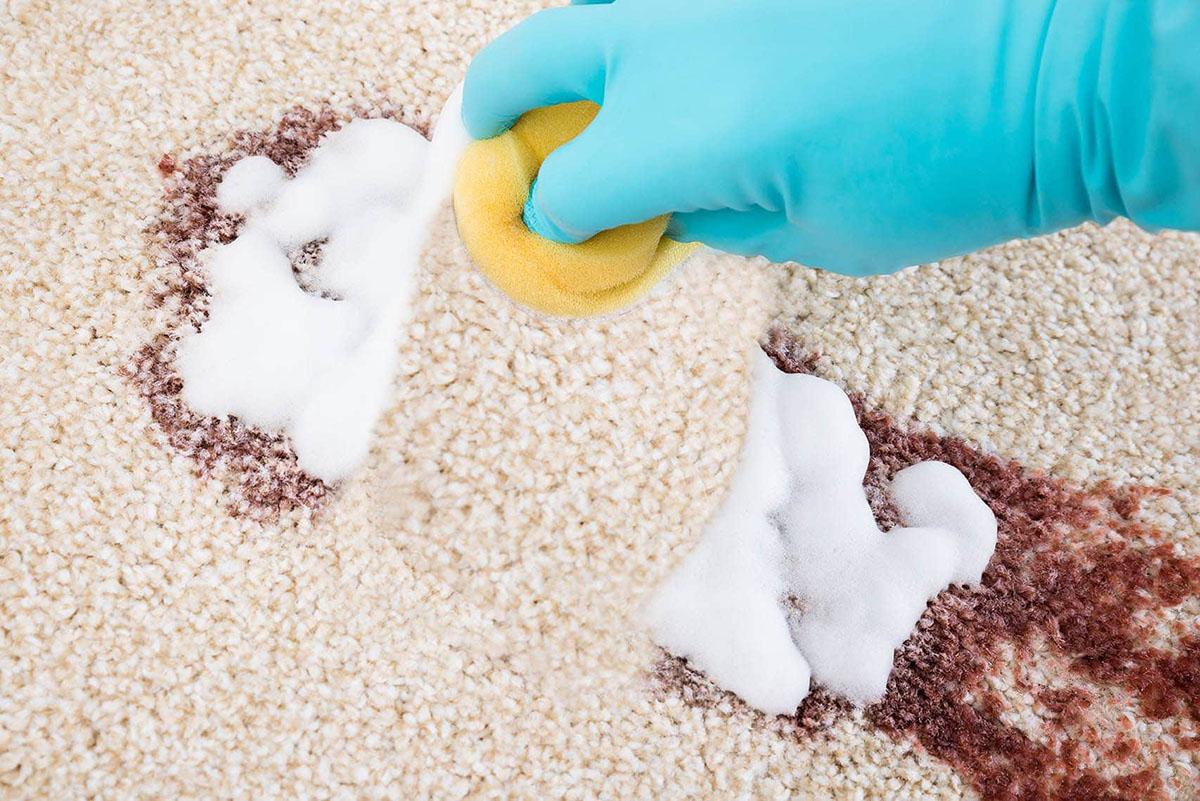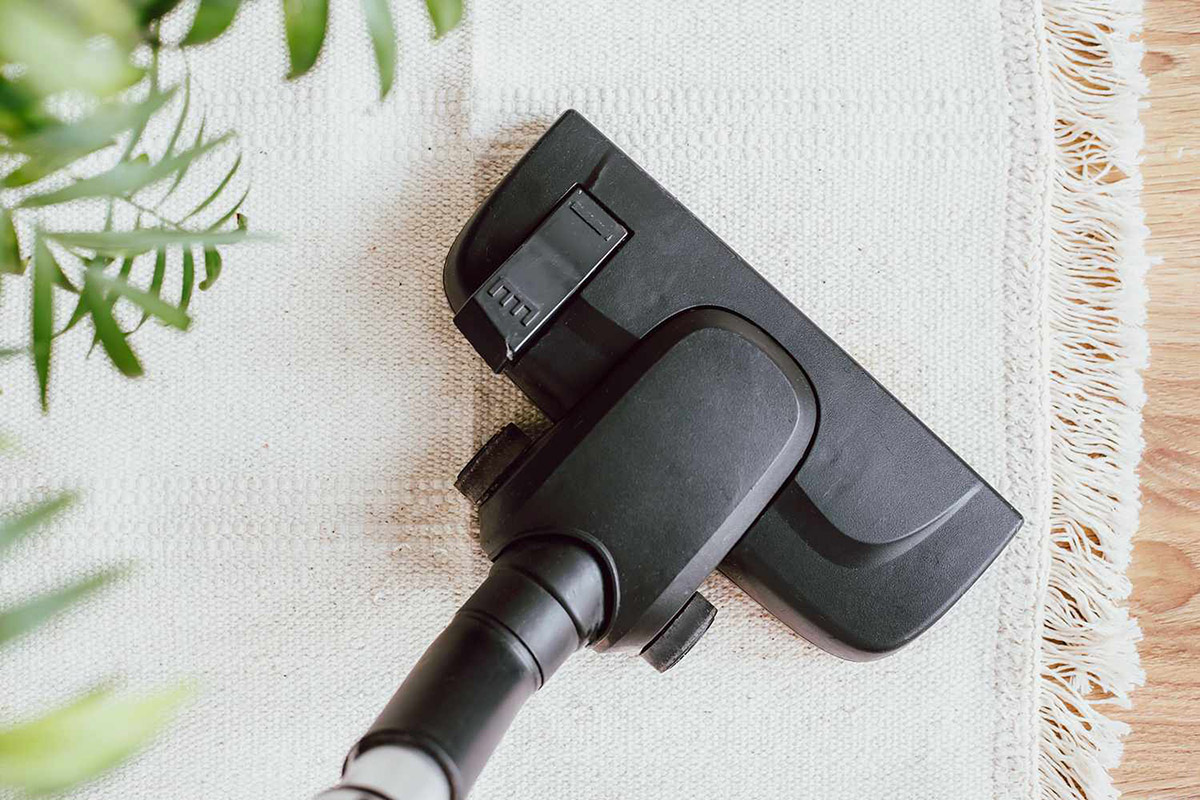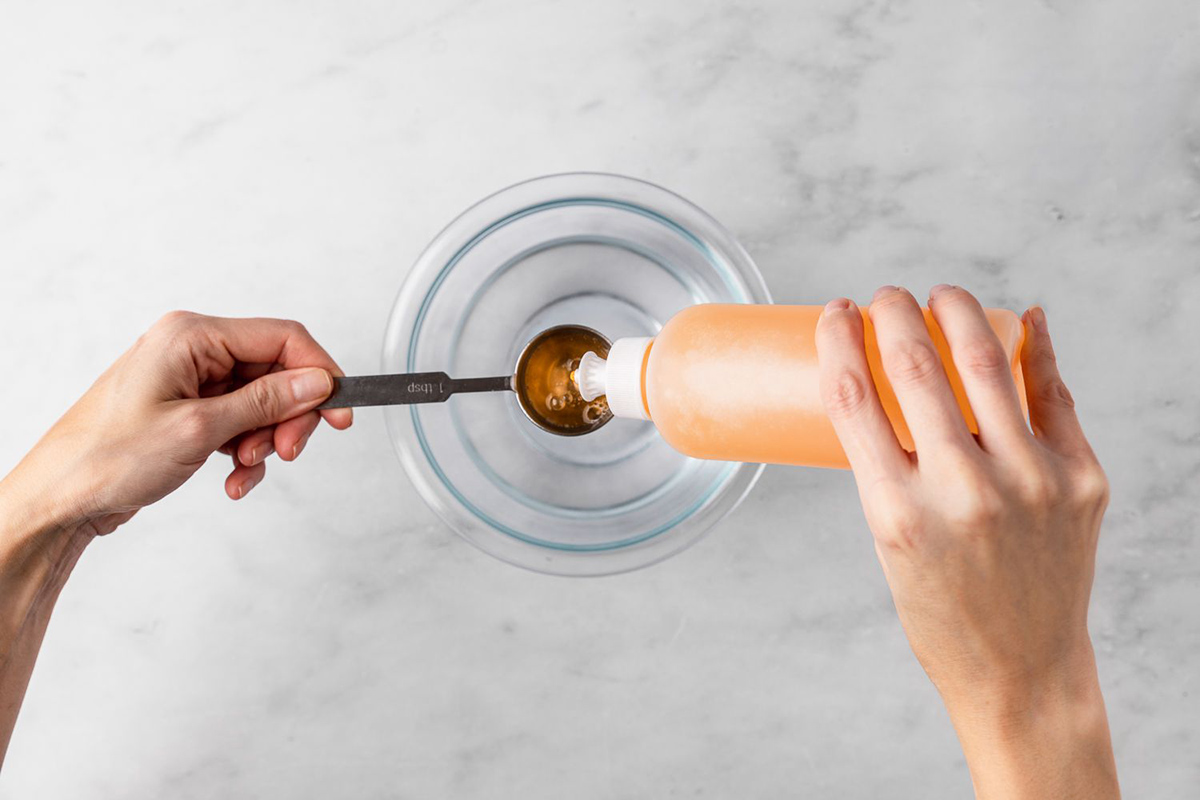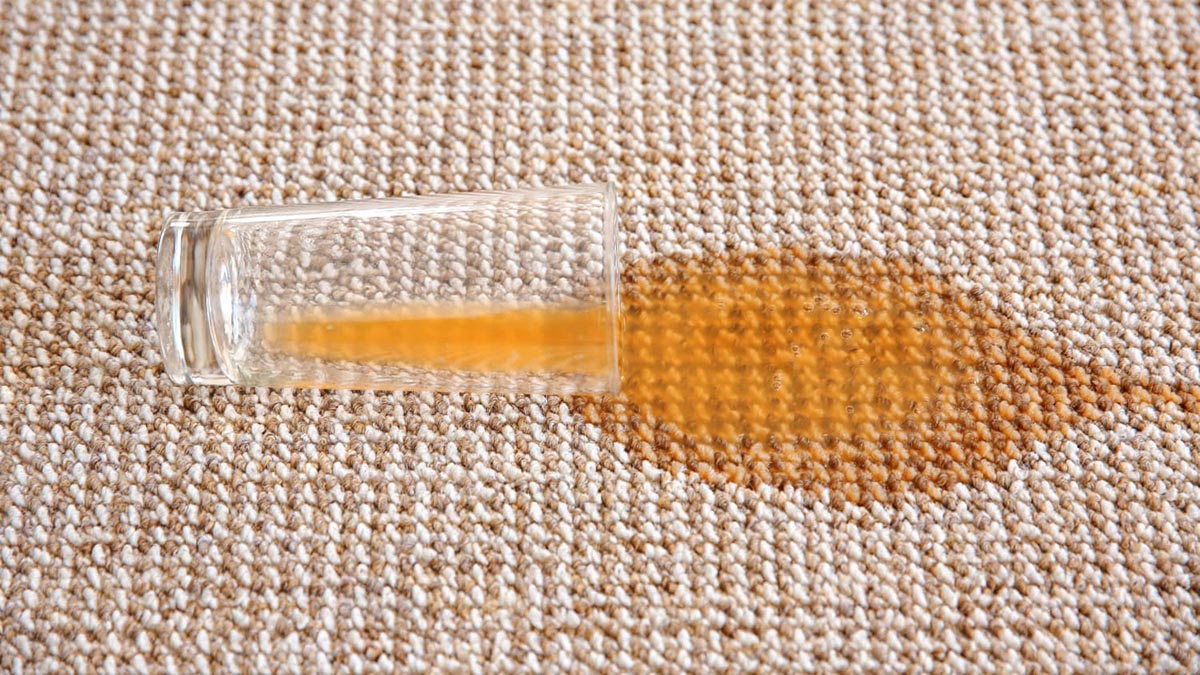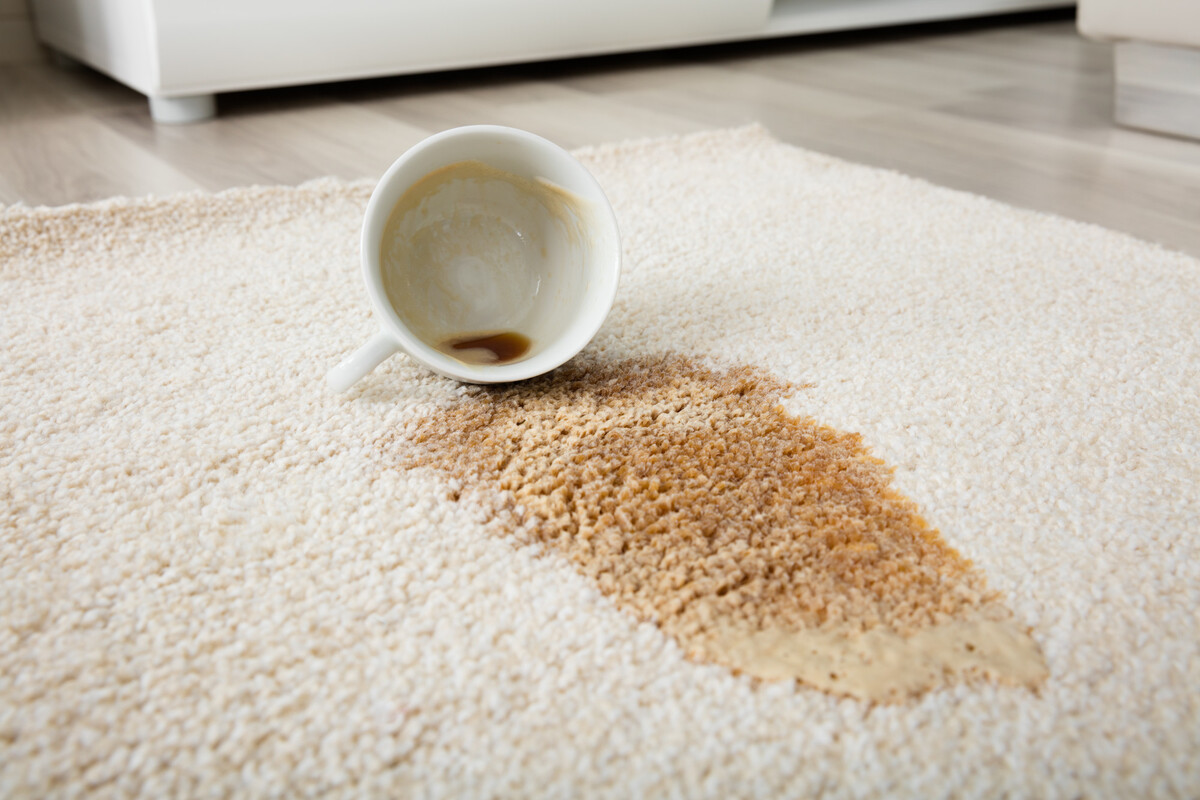

Articles
How To Get Dried Tea Stain Out Of A Carpet
Modified: September 1, 2024
Learn effective techniques and remedies to remove dried tea stains from your carpet in this informative article. Say goodbye to stubborn stains with our helpful tips and tricks.
(Many of the links in this article redirect to a specific reviewed product. Your purchase of these products through affiliate links helps to generate commission for Storables.com, at no extra cost. Learn more)
Introduction
Tea is a beloved beverage enjoyed by people all around the world. Whether it’s a morning pick-me-up or a soothing cup before bed, tea has numerous health benefits and a rich cultural history. However, accidents happen, and sometimes that cup of tea can end up staining your carpet. Dried tea stains can be stubborn and difficult to remove, but with the right techniques and materials, you can restore your carpet to its former glory.
In this article, we will guide you through the process of removing dried tea stains from your carpet. From understanding the nature of tea stains to providing step-by-step instructions, we aim to equip you with the knowledge and resources needed to tackle this common carpet issue.
Before we delve into the cleaning process, it is important to note that different types of carpets require different cleaning methods. It is always recommended to consult the manufacturer’s guidelines for your specific carpet type before attempting any cleaning techniques. Additionally, it is advisable to perform a patch test on a small, inconspicuous area of your carpet to ensure that the cleaning solution does not cause any discoloration or damage.
Now, let’s dive right in and explore how to effectively remove dried tea stains from your carpet!
Key Takeaways:
- Say goodbye to stubborn tea stains on your carpet by using white vinegar, liquid dish soap, and warm water. Act quickly, blot gently, and be patient for best results.
- Don’t let dried tea stains ruin your carpet. From white vinegar to professional cleaning, explore various methods and tips to restore your carpet’s pristine condition.
Read more: How To Get Dried Oil Stain Out Of A Carpet
Understanding Tea Stains on Carpets
Tea stains on carpets can be quite noticeable and unsightly, especially if they are left untreated. Understanding the composition of tea and how it interacts with carpet fibers can help you better grasp the challenges involved in removing these stains.
Tea contains a combination of tannins and pigments, which give it its distinct color and flavor. When tea is spilled on a carpet, the tannins and pigments can seep into the fibers, causing the stain to set and become more difficult to remove.
The type of carpet you have also plays a role in how tea stains are absorbed. Natural fiber carpets, such as wool or cotton, tend to absorb liquids more readily than synthetic carpets, like nylon or polyester. Additionally, lighter-colored carpets can be more prone to visible staining compared to darker-colored ones.
It is important to address tea stains as soon as possible to prevent them from becoming permanent. As time passes, the tea stain can oxidize and become even more challenging to remove. Prompt action and the right cleaning techniques are crucial to successfully eliminating tea stains from your carpet.
Now that you have a better understanding of tea stains on carpets, let’s move on to the materials you will need to effectively remove these stubborn stains.
Materials Needed for Removing Dried Tea Stains
Before you begin tackling dried tea stains on your carpet, it’s essential to gather the necessary materials to ensure a successful cleaning process. Here’s a list of items that you will need:
- White Vinegar: White vinegar is a versatile household cleaner that can effectively break down tea stains on your carpet.
- Liquid Dish Soap: A mild liquid dish soap will help loosen the tea stain and make it easier to remove.
- Warm Water: Warm water is ideal for diluting cleaning solutions and aiding in the removal of tea stains.
- Clean White Cloth or Paper Towels: These are used for blotting and absorbing the tea stain from the carpet.
- Spray Bottle: A spray bottle will come in handy for applying the cleaning solution to the tea stain.
- Clean Towels or Rags: You’ll need these for drying the carpet after the stain has been removed.
- Soft, Bristled Brush: A soft brush can be used to gently agitate the carpet fibers and help lift the tea stain.
- Hydrogen Peroxide (Optional): Hydrogen peroxide can be used as an alternative cleaning agent for stubborn tea stains.
It’s important to note that when gathering these materials, opt for white vinegar instead of colored vinegar, as the latter may cause discoloration on your carpet. Additionally, using a clean white cloth or paper towels ensures that no dyes or patterns transfer onto the carpet during the cleaning process.
Now that you have all the necessary materials, it’s time to delve into the step-by-step guide on removing dried tea stains from your carpet.
Step-by-Step Guide on Removing Dried Tea Stains
Removing dried tea stains from your carpet may seem challenging, but with the right approach, it can be done effectively. Follow these step-by-step instructions to tackle those stubborn tea stains:
- Start by blotting the stained area with a clean white cloth or paper towels. This helps to absorb any excess liquid and prevent the stain from spreading further. Avoid rubbing the stain, as this may cause it to set deeper into the carpet fibers.
- In a spray bottle, mix one part white vinegar with two parts warm water. Shake the bottle well to ensure the solution is thoroughly combined.
- Spray the vinegar mixture onto the tea stain, making sure to saturate it fully. Allow the solution to sit on the stain for a few minutes, as the acidity of the vinegar helps to break down the tannins and pigments in the tea.
- Gently blot the stained area using a clean white cloth or paper towels. Press down firmly to absorb the solution and lift the tea stain from the carpet. Repeat this process until the stain is no longer transferring onto the cloth.
- If the stain persists, mix a small amount of liquid dish soap with warm water in a spray bottle. Spray the soapy solution onto the remaining tea stain and let it sit for a few minutes.
- Using a soft-bristled brush, gently scrub the stained area in circular motions. Be careful not to scrub too vigorously, as it may damage the carpet fibers. Continue scrubbing until the tea stain starts to fade.
- Blot the area once again with a clean white cloth or paper towels to remove the soapy residue and excess moisture from the carpet.
- For stubborn tea stains or lighter-colored carpets, you can try using hydrogen peroxide as an alternative cleaning agent. Apply a small amount of hydrogen peroxide directly onto the stain and let it sit for a few minutes. Blot the area with a clean cloth or paper towels until the stain is lifted.
- Once the tea stain has been successfully removed, use a clean towel or rag to dry the area. Press down firmly to absorb any remaining moisture and restore the carpet’s texture.
It is important to note that these steps are generally suitable for most types of carpets. However, always refer to the manufacturer’s guidelines and perform a patch test in an inconspicuous area before applying any cleaning solutions to the entire stained area.
Now that you know how to remove dried tea stains from your carpet, let’s explore some alternative methods that you can try if the stain persists.
Blot the stain with a clean cloth to absorb as much liquid as possible. Mix 1 tablespoon of dish soap with 2 cups of warm water and blot the stain with the solution. Rinse with clean water and blot dry. Repeat if necessary.
Alternative Methods for Removing Dried Tea Stains
While the step-by-step guide outlined earlier is effective for removing dried tea stains from carpets, there are alternative methods you can try if the stain persists or if you prefer different approaches. Here are a few alternative methods to consider:
1. Baking Soda and Vinegar: Create a paste by mixing baking soda with enough white vinegar to form a thick consistency. Apply the paste to the tea stain and let it sit for a few hours or overnight. Afterward, vacuum the area to remove the dried paste and check if the stain has faded. Repeat the process if necessary.
2. Lemon Juice: Lemon juice contains natural bleaching properties that can help lighten tea stains. Squeeze fresh lemon juice onto the stained area and let it sit for a few minutes. Blot the area with a clean cloth or paper towel, and repeat the process if needed.
3. Commercial Carpet Stain Remover: There are various carpet stain removers available in the market that are specifically formulated to tackle tough stains like tea. Follow the instructions on the product label and use accordingly. Remember to perform a patch test on a small hidden area of your carpet to ensure compatibility.
4. Professional Carpet Cleaning: If all else fails, or if you have a particularly stubborn tea stain, it may be best to seek professional help. Professional carpet cleaners have access to specialized equipment and cleaning solutions that can effectively remove even the most stubborn tea stains, giving your carpet a thorough and deep cleaning.
It’s important to remember that every carpet and tea stain is unique, and what works for one may not work for another. It’s always a good idea to test any cleaning method or solution in an inconspicuous area first and to proceed with caution.
Now that you’re aware of alternative methods for removing tea stains, let’s explore some tips and precautions to consider when cleaning your carpet.
Read more: How To Get A Blood Stain Out Of A Carpet
Tips and Precautions for Carpet Cleaning
When it comes to cleaning tea stains or any other stains on your carpet, it’s important to take some precautions and consider some helpful tips to ensure the best possible outcome. Here are some tips and precautions to keep in mind:
- Act Quickly: The sooner you address a tea stain, the easier it will be to remove. Prompt action can prevent the stain from setting and becoming more difficult to clean.
- Blot, Don’t Rub: When blotting the stain, use a clean white cloth or paper towels and gently dab the area. Avoid rubbing the stain vigorously, as this can push the stain deeper into the fibers and cause it to spread.
- Test Cleaning Solutions: Before applying any cleaning solution to your carpet, always perform a patch test on a small, inconspicuous area. This will help you determine if the solution is safe to use and if it may cause any discoloration or damage to your carpet.
- Work from the Outside In: When treating a tea stain or any other stain, start cleaning from the outer edges of the stain and gradually work your way towards the center. This helps prevent the stain from spreading and becoming larger.
- Avoid Excessive Moisture: While it’s important to use water or cleaning solutions to remove tea stains, excessive moisture can damage your carpet. Blot the carpet thoroughly after applying any solution to remove excess moisture and prevent over-wetting.
- Patience is Key: Removing tea stains from carpets may require multiple attempts or different techniques. Be patient and persistent, and continue treating the stain until it is fully removed.
- Consider Professional Cleaning: If you’re unsure about tackling a stubborn tea stain or if your efforts are not yielding the desired results, it’s best to consult a professional carpet cleaner. They have the expertise and equipment to effectively remove tough stains without causing damage to your carpet.
By following these tips and precautions, you can ensure a safer and more effective carpet cleaning process, minimizing the risk of damage and maximizing the chances of removing tea stains successfully.
Now that you’re armed with valuable tips and precautions, it’s time to wrap up our discussion on removing dried tea stains from carpets.
Conclusion
Tea stains on carpets can be a frustrating sight, but with the right approach and materials, you can successfully remove them. Understanding the nature of tea stains and the appropriate cleaning techniques is key to achieving the best results.
In this article, we covered various aspects of removing dried tea stains from carpets. We explored the materials needed, provided a step-by-step guide, discussed alternative methods, and shared tips and precautions for effective carpet cleaning.
Remember, it’s crucial to act quickly when a tea stain occurs, as prompt action can prevent the stain from setting and becoming more difficult to remove. Blotting the stain gently with a clean cloth or paper towels, and using the right cleaning solutions such as white vinegar, liquid dish soap, or even natural alternatives like baking soda and lemon juice, can help break down the tea stain and lift it from the carpet fibers.
Additionally, it’s important to consider the type of carpet you have, perform patch tests, and work patiently to fully eliminate the stain. If necessary, seek professional help for stubborn or delicate carpets to avoid causing damage.
By following the steps and tips outlined in this article, you can successfully restore your carpet to its former beauty and eliminate those stubborn dried tea stains.
So, the next time you find yourself facing a dried tea stain on your carpet, don’t panic. Armed with the knowledge and techniques shared here, you have the power to restore your carpet and enjoy a fresh and pristine living space once again.
Cheers to a stain-free carpet and a delightful tea-drinking experience!
Frequently Asked Questions about How To Get Dried Tea Stain Out Of A Carpet
Was this page helpful?
At Storables.com, we guarantee accurate and reliable information. Our content, validated by Expert Board Contributors, is crafted following stringent Editorial Policies. We're committed to providing you with well-researched, expert-backed insights for all your informational needs.
